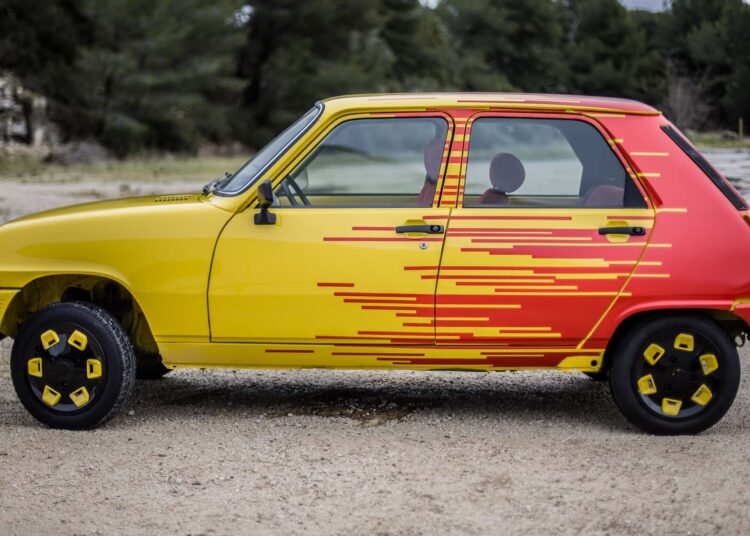A team of automotive wizards has transformed a classic 1970s Renault 5 GTL into a sleek EV, blending retro charm with futuristic tech. The latter part was represented by the digital instrument cluster, designed and created especially for this project.
The ambitious project was a collaborative effort involving several industry specialists. Some of them include Incari, known for their innovative human-machine interface (HMI) solutions, which focused on the digital dash. The 2CV Méhari Club Cassis provided invaluable insights into preserving the vehicle’s vintage appeal, while L2Concept contributed to the vehicle’s aesthetic enhancements.
5
Incari
One of the standout features of this restomod is the revamped dashboard. The original analogue speedometer was swapped for a customisable digital display, courtesy of Incari’s own HMI development platform, Incari Studio. Drivers can now toggle between a classic analogue look and a modern digital interface, ensuring that the spirit of the ’70s is just a screen tap away.
Converting a vintage petrol-powered car into an electric vehicle is no small feat. The team had to integrate modern EV components while preserving the Renault’s iconic design. This involved replacing the internal combustion engine with an electric motor, overhauling the braking and suspension systems for enhanced performance, and reimagining the interior with sporty seats and a fresh paint job.
“Incari´s development platform has allowed us to “restomod” the Renault 5 in a sensitive fashion, keeping the look and feel of the original instrumentation but bringing in driver displays that the original Renault engineers in the 1970s could never have dreamed of being possible. We had a bespoke task, with a short time frame and a limited budget, and Incari delivered a stunning driver information system that feels perfectly suited to this updated classic,” Celso Albuquerque, Managing Director of Incari Labs, commented.
This project exemplifies the growing trend of “restomodding,” where classic cars are restored and modified with modern technology. It’s a testament to how innovation and tradition can coexist, offering a sustainable path for vintage car enthusiasts in an increasingly eco-conscious world.
Read the full article here



























Discussion about this post